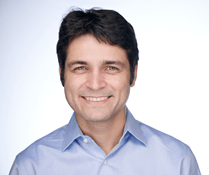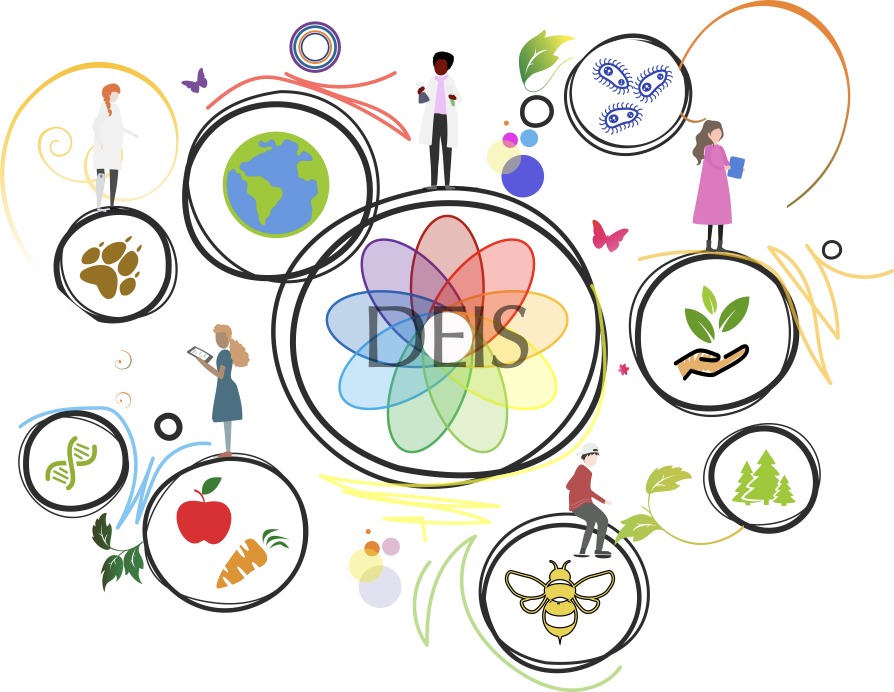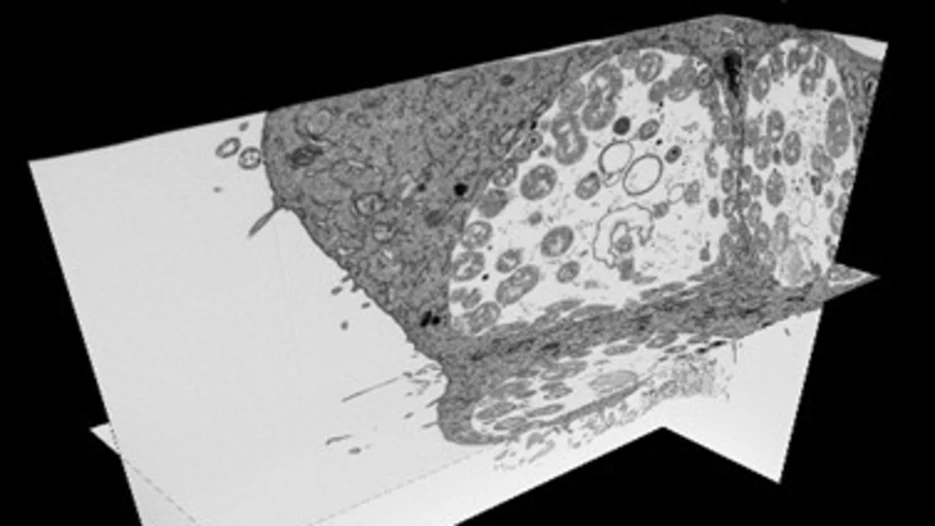[The Svedberg seminar] – Talking to cells: biomolecular ultrasound to image and control cells deep inside the body
November 4 @ 15:15 – 16:15 CET
Mikhail G. Shapiro
Professor
California Institute of Technology, USA
Bio

Mikhail Shapiro is the Max Delbrück Professor of Chemical Engineering and Medical Engineering, an HHMI Investigator, and Director of the Center for Molecular and Cellular Medicine at Caltech. The Shapiro laboratory develops biomolecular technologies allowing cells to be imaged and controlled inside the body using noninvasive methods such as ultrasound. Mikhail received his PhD in Biological Engineering from MIT and his BSc in Neuroscience from Brown. He conducted post-doctoral research at the University of Chicago and UC Berkeley. During the 2024-5 academic year, Mikhail is conducting research at the Physics for Medicine Institute in Paris and ESPCI as a Fulbright-Tocqueville Distinguished Chair.
Mikhail’s awards include the NIH Pioneer Award, the Vilcek Prize for Creative Promise, the Camille Dreyfus Teacher-Scholar Award and the Carl Hellmuth Hertz Ultrasonics Award. Mikhail is an inducted Fellow of the World Molecular Imaging Society. Alongside academic research, Mikhail has been involved as a founder and adviser to several biotechnology and medical device startups.
Talking to cells: biomolecular ultrasound to image and control cells deep inside the body
Studying biological function in intact organisms and developing targeted cellular therapies requires methods to image and control the function of specific cells deep inside the body. Fluorescent proteins and optogenetics serve this purpose in small, translucent specimens, but are limited by the poor penetration of light into deeper tissues. In contrast, most non-invasive techniques such as ultrasound and magnetic resonance – while based on energy forms that penetrate tissue – are not effectively coupled to cellular function. In this talk, I will describe our work to bridge this gap by developing biomolecular reporters and actuators for ultrasound based on gas vesicles – a unique class of air-filled protein nanostructures derived from buoyant photosynthetic microbes. By scattering sound waves, gas vesicles enable noninvasive imaging of tumors, immune cells, gut microbes and cell-based diagnostics and therapies. In addition, they serve as receivers of acoustic radiation force or seeds of localized bubble cavitation, enabling acoustic remote control.
More information about the Shapiro Lab can be found online at shapirolab.caltech.edu.
Host: Maria Tenje, UU maria.tenje@angstrom.uu.se


